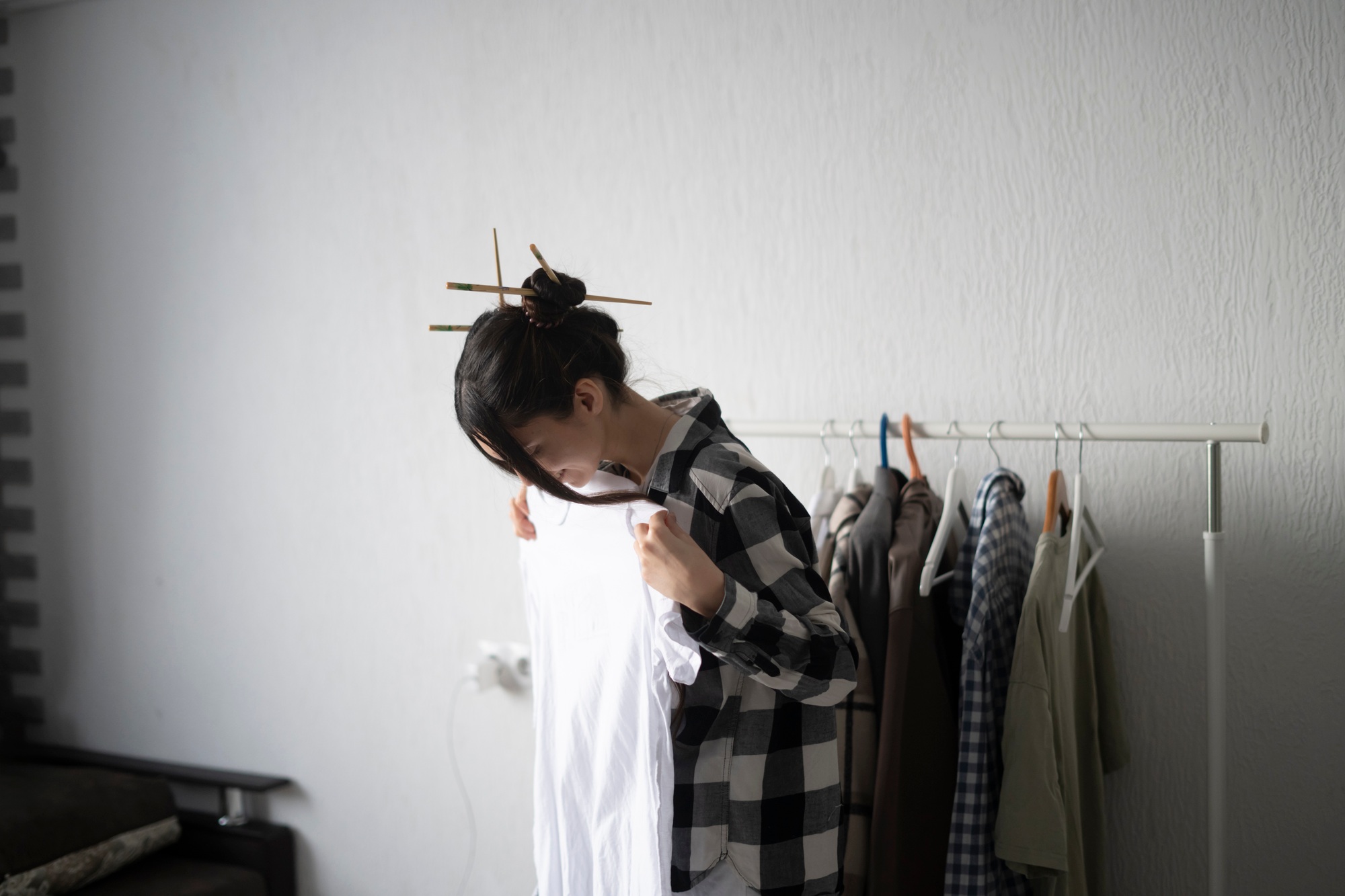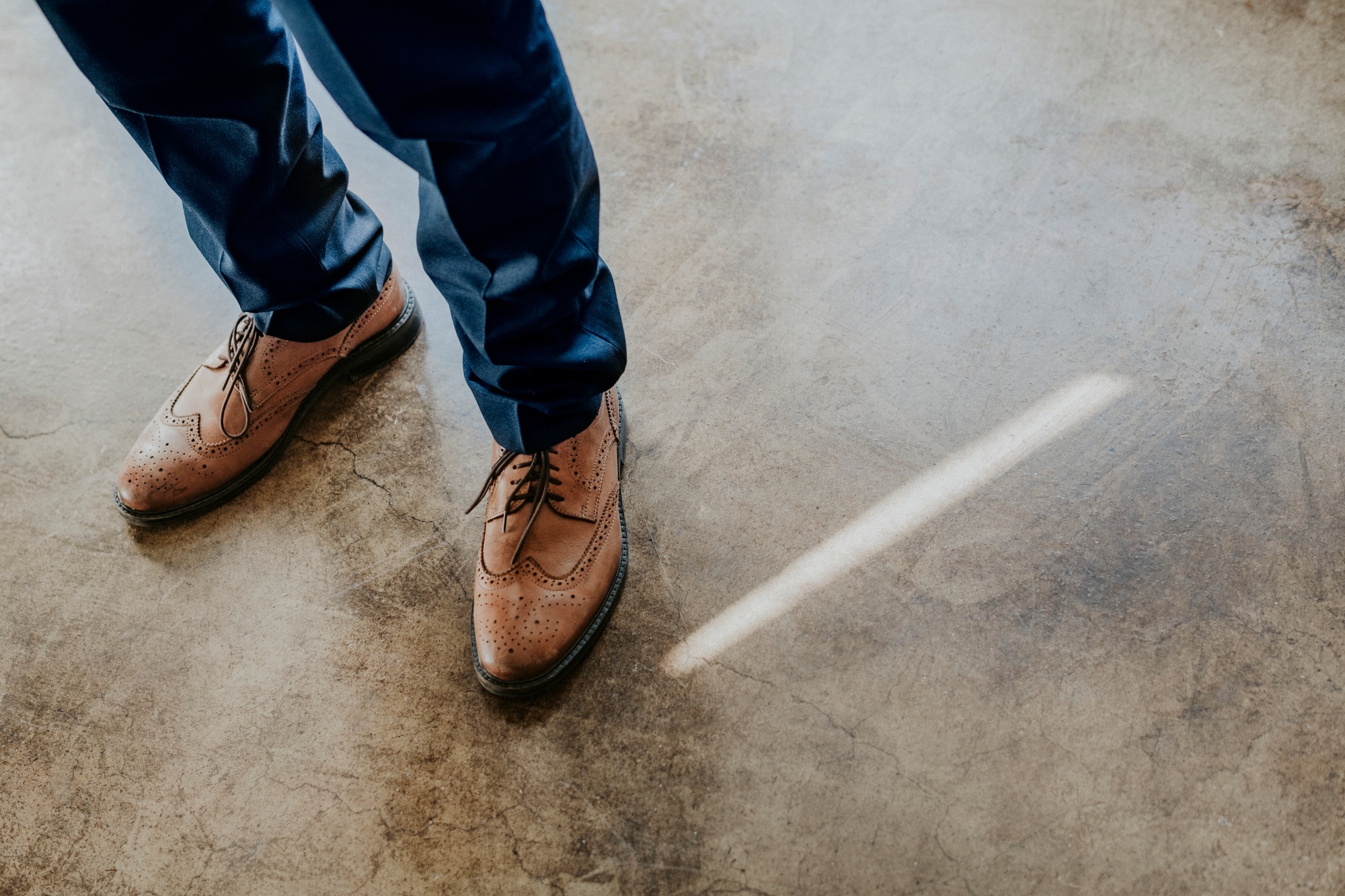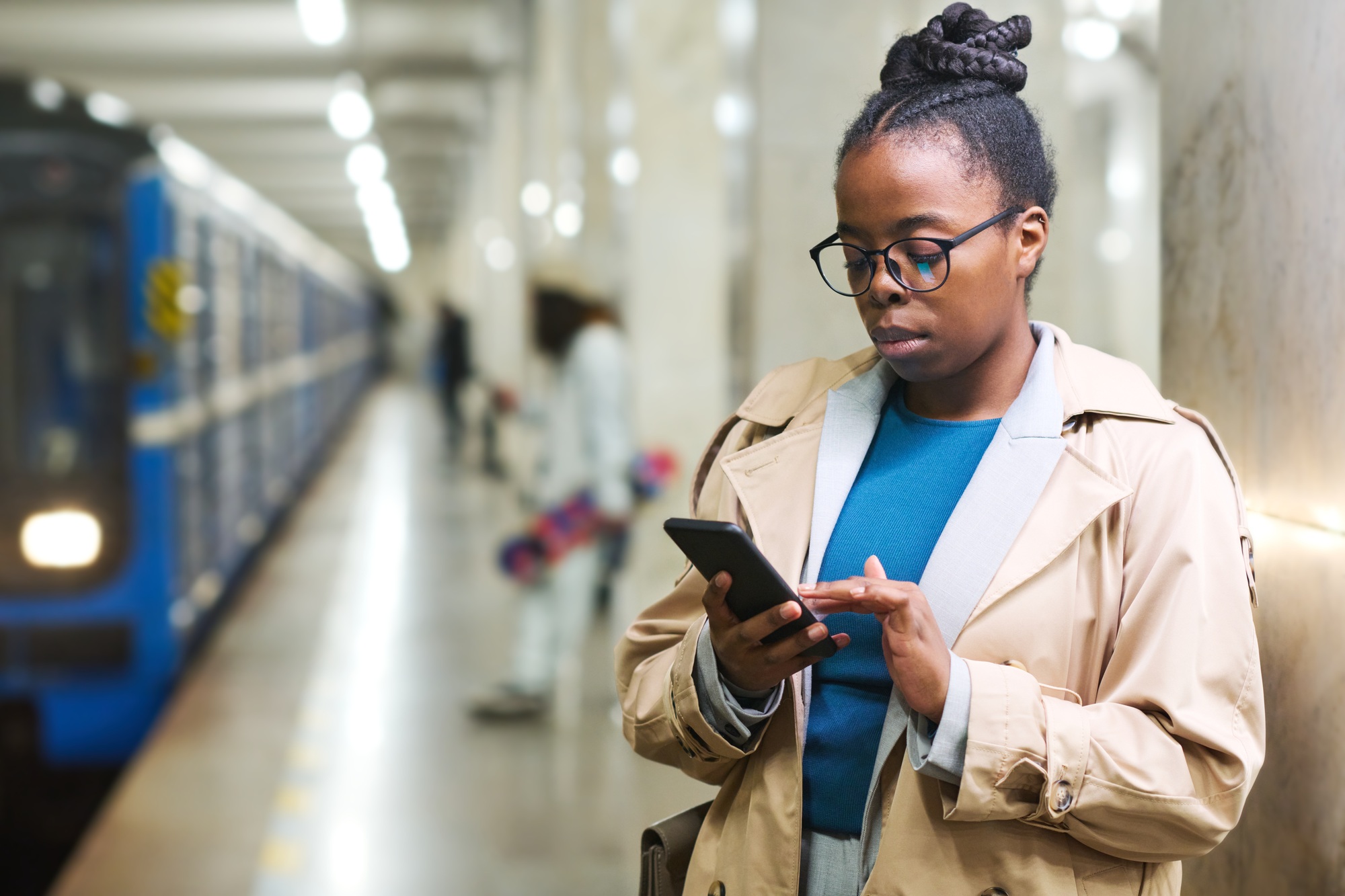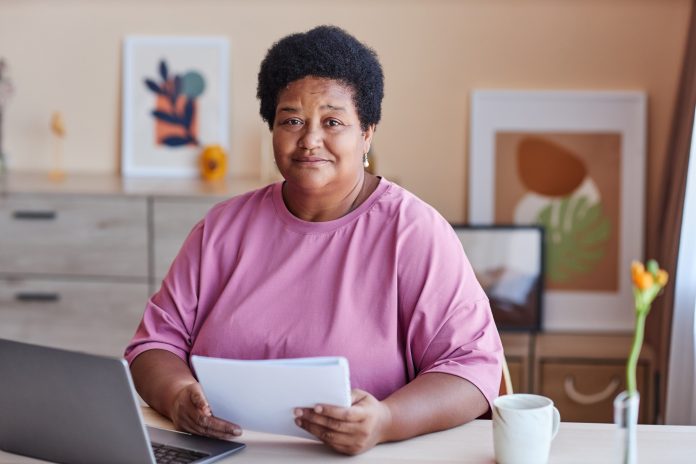Key Takeaways

- Definition and Purpose: Business casual attire strikes a balance between professionalism and comfort, suitable for fostering a polished yet approachable office environment.
- Key Elements for Men and Women: Men should opt for button-down shirts and chinos, while women can choose blouses and tailored dresses, both emphasizing comfort and style.
- Cultural Significance: Adopting business casual promotes inclusivity and a relaxed atmosphere, aligning with modern workplace values and enhancing employee morale.
- Impact on Workplace Dynamics: Business casual fosters improved collaboration and communication, leading to stronger relationships among team members.
- Benefits of Adoption: Implementing a business casual dress code can attract top talent, as professionals often favor workplaces prioritizing comfort and individual expression.
- Avoiding Misinterpretations: Understanding the nuances of business casual helps prevent overdressing or underdressing, which can negatively affect workplace dynamics and morale.
Navigating the world of office attire can be tricky, especially when it comes to the elusive “business casual” dress code. You might find yourself wondering what exactly qualifies as business casual and how to strike the right balance between professionalism and comfort. Whether you’re heading to a meeting or just want to fit in with your colleagues, understanding this dress code can make all the difference.
Business casual isn’t just about looking good; it’s about feeling confident in your outfit while maintaining a polished appearance. With the right choices, you can express your personal style without sacrificing professionalism. Let’s dive into the essentials of business casual attire and help you elevate your wardrobe for any workplace setting.
Understanding Business Casual

Business casual blends professionalism with comfort, making it essential for small business environments. It encourages personal expression while ensuring a polished appearance.
Definition of Business Casual
Business casual refers to a dress code that remains professional but provides flexibility. For men, this often includes polo shirts, dress shirts without ties, and chinos. For women, options can include blouses, tailored dresses, and slacks. This style eliminates overly formal attire like suits but maintains a level of sophistication that reflects well on your small business.
The Evolution of Business Casual
Business casual has evolved significantly over the past few decades. Initially, it emerged as a response to the growing demand for comfort in the workplace. In recent years, the line between casual and business attire has blurred further, influenced by tech startups and creative industries. Today, you might find denim options alongside smart footwear in a business casual setting. Adapting to this evolution is key in running a small business, as it allows you to cultivate a comfortable and inviting work culture while still presenting a professional image.
The Importance of Business Casual

Business casual is essential in creating a work environment that balances professionalism and comfort. This dress code reflects modern workplace expectations while allowing you to express your personal style.
Impact on Workplace Culture
- Inclusivity and Comfort: Business casual fosters an inclusive workplace that encourages comfort and individuality. By allowing diverse expression through attire, you enhance employee morale and productivity, crucial for small businesses looking to thrive.
- Cultural Shift: Adopting business casual signifies a shift towards a more egalitarian workplace. This cultural evolution breaks down rigid corporate hierarchies, promoting a relaxed and approachable atmosphere that aligns with the values of contemporary small businesses.
Benefits for Professionals
- Enhanced Confidence: Wearing business casual attire boosts your confidence, allowing you to tackle daily tasks effectively. You perform better when comfortable in your clothing, directly benefiting your small business operations.
- Improved Collaboration: A relaxed dress code encourages open communication and teamwork, essential components for running a small business. Employees feel more at ease, leading to stronger relationships and collaboration across departments.
- Attracting Talent: Implementing a business casual dress code can attract top talent. Professionals often prefer workplaces that prioritize comfort and individuality, making it easier for your small business to stand out in a competitive job market.
Key Elements of Business Casual Attire

Business casual attire blends professionalism with comfort, creating an approachable yet polished look ideal for small business environments. Understanding the key elements for men and women helps you maintain a cohesive and appropriate workplace appearance.
For Men
Men’s business casual attire incorporates several essential pieces:
- Top: Choose button-down shirts or polo shirts in solid colors or subtle patterns like stripes and checks. Adding sweaters, cardigans, or blazers enhances a polished appearance.
- Bottom: Go for dress trousers, chinos, or dark jeans. Chinos, available in khaki, navy, and olive, remain a popular option. Textured pants and formal trousers made from fine materials like wool or polyester blends are also acceptable.
- Footwear: Leather shoes such as Oxfords, Derbies, and Monk straps fit well here, striking a balance between casual and professional.
- Accessories: Opt for subtle accessories. Simple neckties, pocket squares, and leather belts that match shoes are recommended. A wristwatch adds a touch of refinement.
For Women
Women’s business casual attire combines professionalism with personal style:
- Top: Select blouses, button-down shirts, or tailored tops. Solid colors or soft patterns work best. Cardigans or blazers elevate the look for more formal settings.
- Bottom: Consider tailored trousers, knee-length skirts, or dressy-chic dresses. Choose comfortable fabrics for all-day wear.
- Footwear: Closed-toe flats, low-heeled shoes, or professional boots maintain comfort without sacrificing style.
- Accessories: Keep accessories understated. Simple jewelry, a handbag that complements the outfit, and a light scarf can enhance business casual looks.
Embracing these elements in your small business not only promotes individual expression but also fosters a professional environment conducive to productivity and collaboration.
Common Misconceptions About Business Casual

Understanding business casual attire can prevent misunderstandings in the workplace. Many small businesses face challenges with employees misinterpreting this dress code.
Overdressing vs. Underdressing
Overdressing creates an impression of being out of touch with the company’s culture, while underdressing can signal a lack of professionalism. Finding the right balance is vital. Examples of overdressing include wearing a full suit or formal dress shoes when the environment is more relaxed. Conversely, dressing too casually—think shorts or flip-flops—compromises professionalism. Both extremes can hinder workplace dynamics, negatively impacting collaboration and morale.
Regional Variations
Business casual standards may differ based on regional cultures. For instance, urban areas often embrace a more relaxed approach compared to rural sectors. Small businesses in creative markets might allow for more personal expression than those in traditional industries. Understanding regional variations helps tailor your dress code to fit local expectations, enhancing your business’s professional image while fostering a comfortable workplace environment.
Conclusion

Navigating the business casual dress code can be a game changer for your professional image. By choosing attire that reflects your personal style while maintaining a polished look, you can enhance your confidence and contribute to a positive workplace atmosphere.
Embracing this flexible dress code not only allows for individual expression but also fosters a culture of inclusivity and collaboration. As you adapt your wardrobe to meet the evolving standards of business casual, remember that striking the right balance is key.
Ultimately, your approach to business casual can set the tone for a more relaxed yet professional environment, benefiting both you and your organization.
Frequently Asked Questions

What is business casual?
Business casual is a dress code that combines professionalism with comfort. It allows individuals to express their personal style while maintaining a polished appearance suitable for various workplace settings.
Why is business casual important?
Business casual promotes a balanced work environment, fostering inclusivity and employee morale. It reflects modern workplace expectations, allowing employees to feel comfortable and confident without compromising professionalism.
What are some examples of business casual attire for men?
Men can opt for button-down shirts or polo shirts paired with dress trousers or chinos. Leather shoes and subtle accessories like wristwatches enhance the overall look while maintaining professionalism.
What are some examples of business casual attire for women?
Women should consider blouses or tailored tops with tailored trousers or knee-length skirts. Closed-toe shoes and understated jewelry complement this attire, promoting a professional yet personal style.
How has business casual evolved over the years?
Business casual has evolved to meet the demand for comfort in the workplace, influenced by tech startups and creative sectors. This shift encourages a relaxed atmosphere, contributing to a more egalitarian workplace culture.
What are the benefits of adopting a business casual dress code?
Adopting a business casual dress code can enhance employee confidence, improve collaboration, and attract top talent. It stands out in a competitive job market by prioritizing comfort and individuality.
What are common misconceptions about business casual?
Many misunderstand business casual, often overdressing or underdressing. Both extremes can negatively affect workplace dynamics, making it crucial to find a balanced approach that suits the company culture.
How do regional variations affect business casual standards?
Business casual standards can vary by region, with urban areas often adopting a more relaxed approach than rural ones. Understanding these differences helps tailor dress codes to local expectations and enhances a business’s image.
Image Via Envato: kall1st0, Pressmaster, Rawpixel, seventyfourimages, artfotodima, MikeShots, StockRocketStudio



